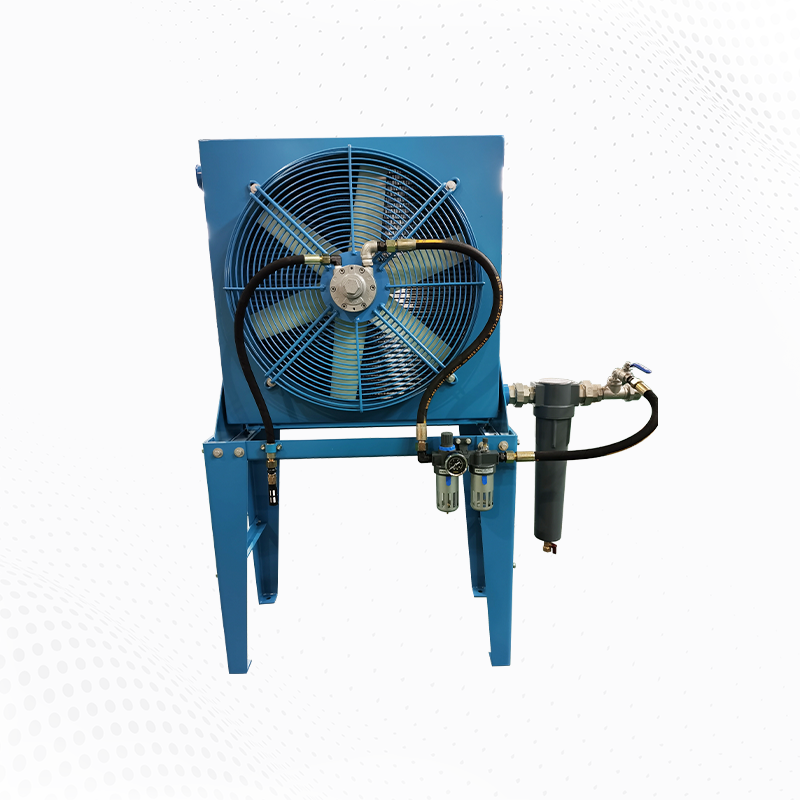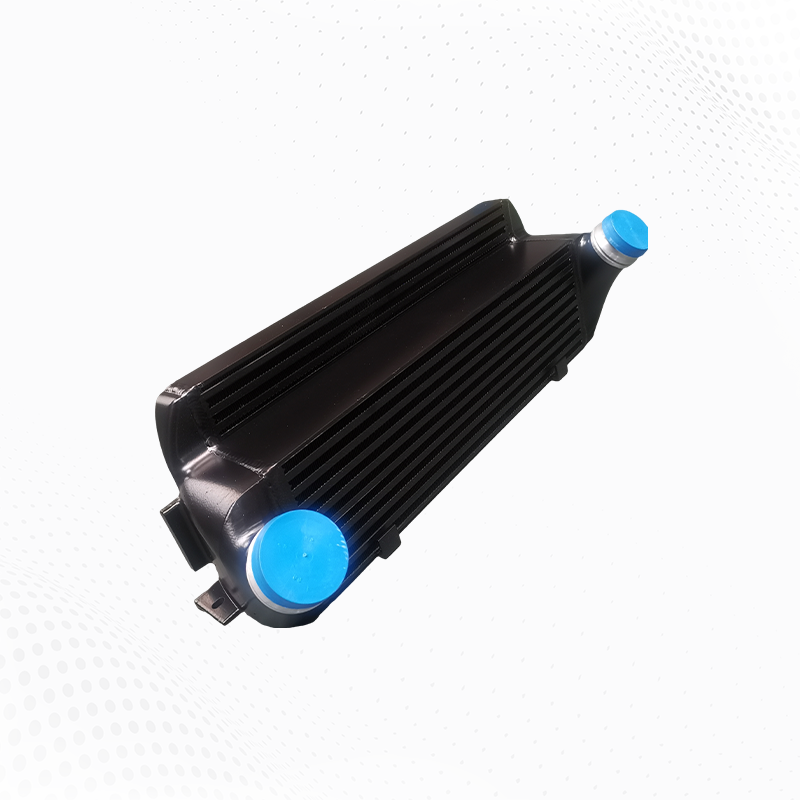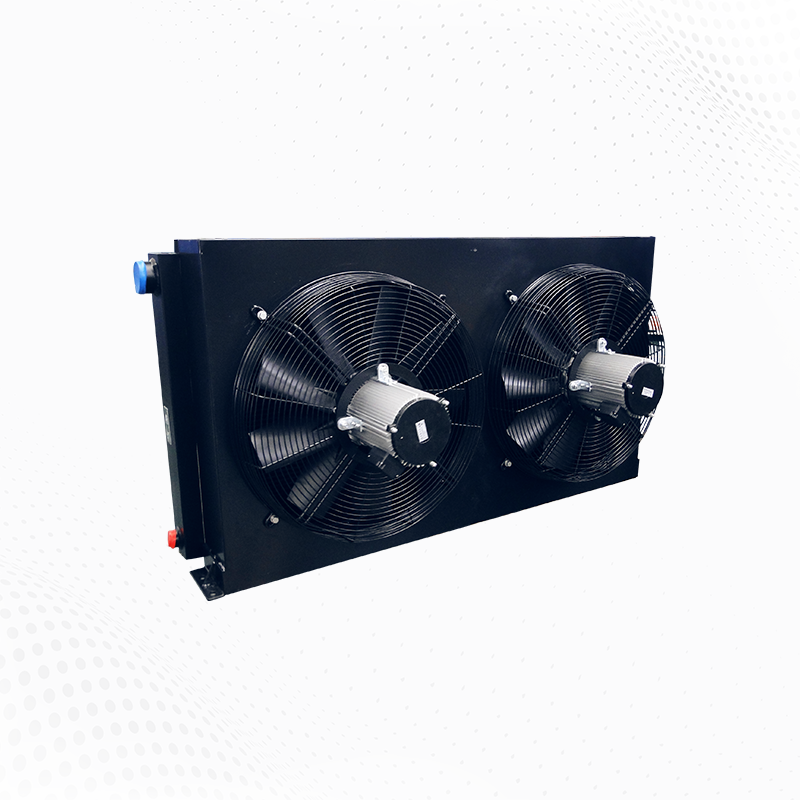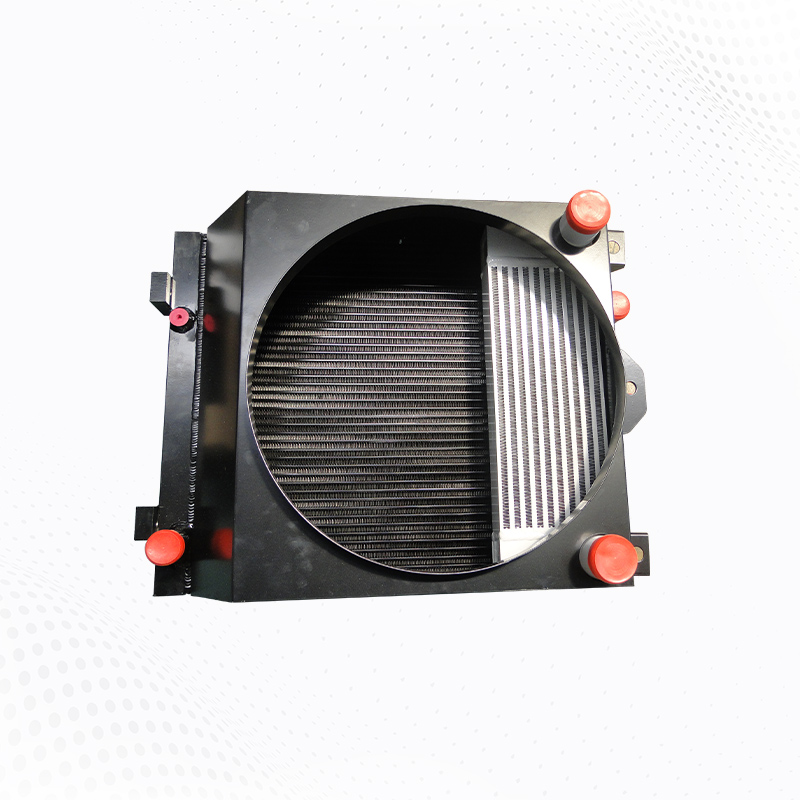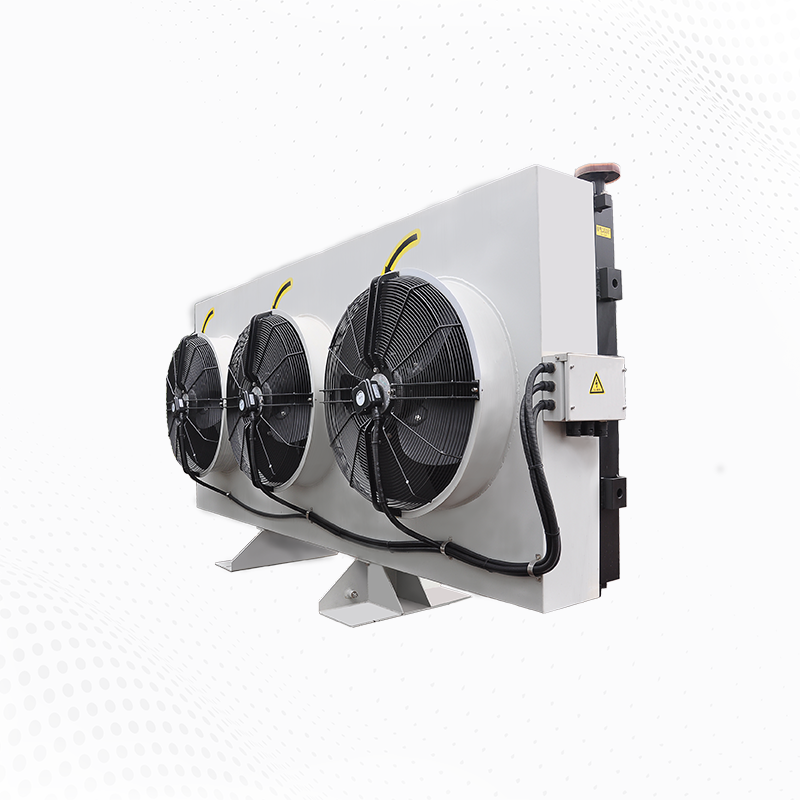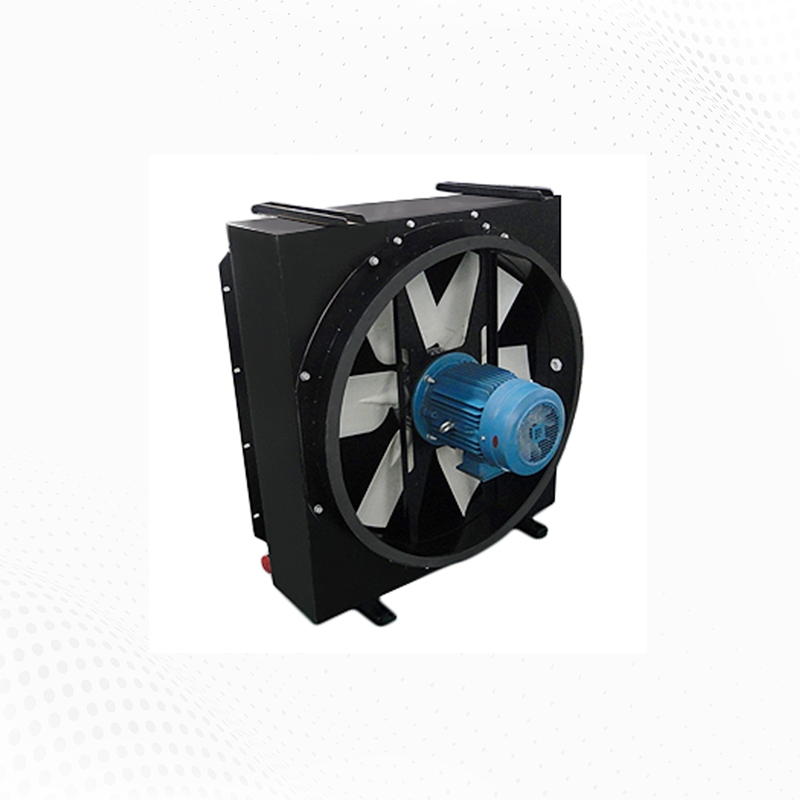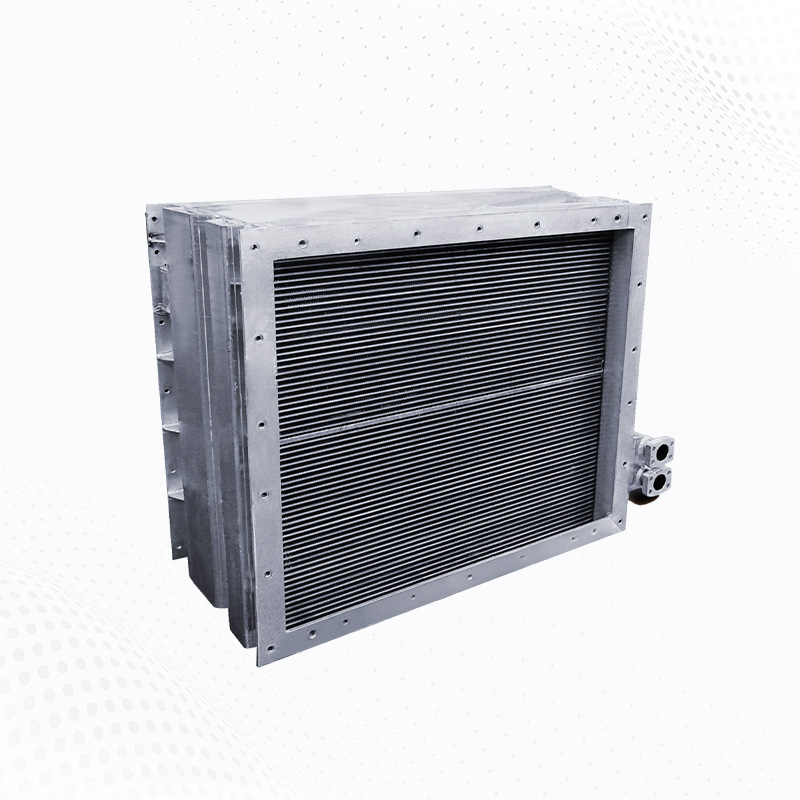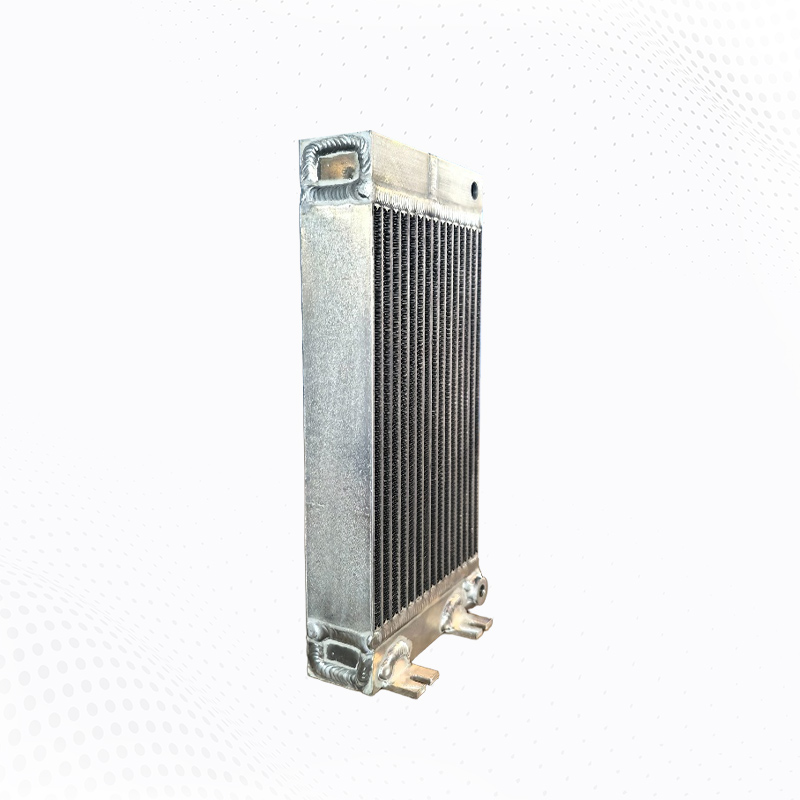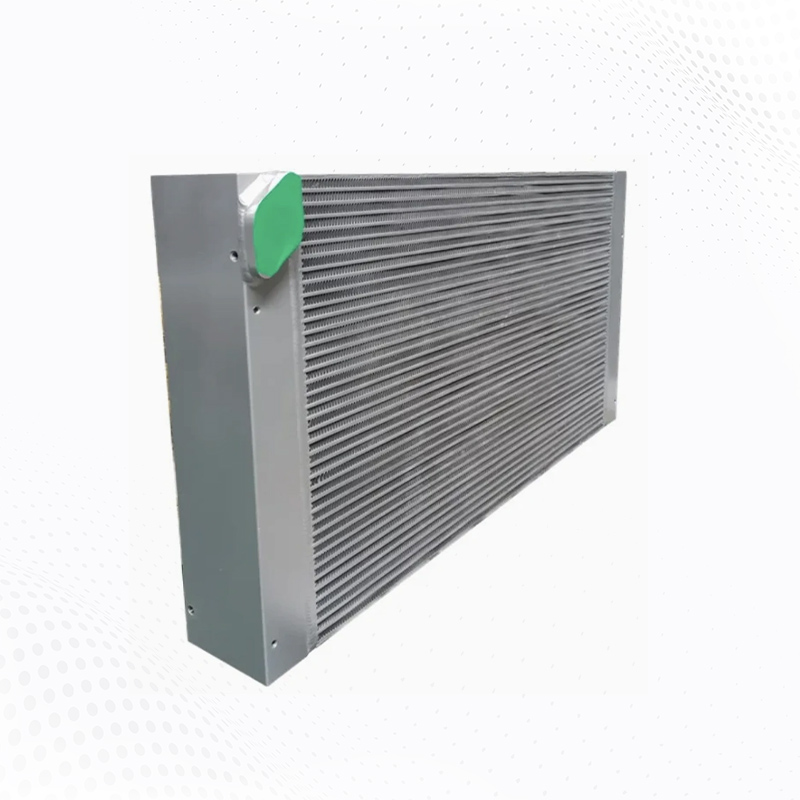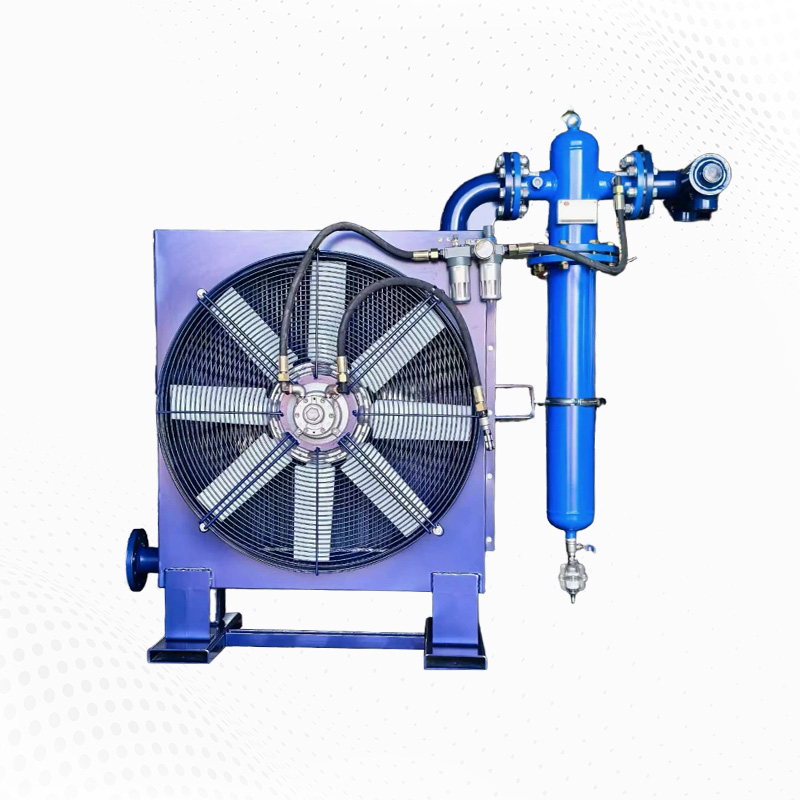As a Wuxi Yuda engineer with two decades of hands-on experience, I explain how the aluminum plate fin cooler works, where it excels, and what engineers should pay attention to when specifying and operating these coolers.
What is an aluminum plate fin cooler?
The aluminum plate fin cooler is a compact, high-efficiency heat exchanger that uses stacked plates and corrugated fins to increase surface area and improve convective heat transfer. In modern industry, the aluminum plate fin cooler is widely adopted for gas cooling, oil cooling, air-cooled condensers and many other duties where weight and space are limited.
Core components — quick breakdown
Plates: form primary flow channels for the working fluid; the plate material and thickness define thermal resistance and mechanical strength.
Fins: corrugated or louvered fins glued/brazed to plates — the fin geometry defines the aluminum plate fin cooler air-side performance.
Headers and manifolds: distribute fluid across plates, crucial to avoid mal-distribution that reduces the effectiveness of the aluminum plate fin cooler.
End fittings & casings: protect and seal the core while allowing service access to the aluminum plate fin cooler internals.
How heat transfer happens
Heat moves from the hot process fluid into the metal plates, then across to the fins, and finally into the air stream. The aluminum plate fin cooler achieves efficient transfer by maximizing the fin surface area and minimizing thermal resistance between plate and fin. Air velocity, fin geometry, and plate spacing all control the cooler’s UA and pressure drop.
Design variables that matter
When specifying an aluminum plate fin cooler, the main levers are:
Fin type — louvered, wavy, or perforated fins change heat transfer and fouling characteristics.
Plate spacing — tighter spacing boosts surface area but raises pressure drop; balance is key for the aluminum plate fin cooler role.
Core depth — core depth trades off footprint with thermal duty; deeper cores help meet heavy cooling loads with a compact plan area.
Material alloy — aluminum alloys provide a favorable strength-to-weight and corrosion-resistance profile for many aluminum plate fin cooler installations.
Common industrial applications
The aluminum plate fin cooler appears across industries:
Oil & gas compressors — interstage and aftercooling where weight savings and heat duty are critical.
Power generation — gas turbine inlet and exhaust cooling duties using specialized aluminum plate fin cooler cores.
Renewables — cooling power electronics and gearbox oils in wind and solar trackers with aluminum plate fin cooler modules.
Marine and offshore — seawater-cooled or closed-circuit systems where the aluminum plate fin cooler must resist corrosion with proper coatings.
Industrial process — chemical and petrochemical plants use the aluminum plate fin cooler for gas cooling and heat recovery tasks.
Performance vs. constraints
The aluminum plate fin cooler delivers excellent heat transfer per unit mass, but designers must consider:
Fouling sensitivity — tight fin packs can foul; accessibility and cleaning strategy are essential for long-term aluminum plate fin cooler performance.
Pressure drop — high fin density increases air-side pressure drop and fan energy; balance fan power and thermal gain when selecting an aluminum plate fin cooler.
Corrosion — untreated aluminum in aggressive atmospheres needs protection; coatings and material choice maintain the aluminum plate fin cooler lifespan.
Practical selection tips
Define required heat duty and allowable approach temperature for the aluminum plate fin cooler.
Specify acceptable air-side pressure drop and fan-power limits for the system that will use the aluminum plate fin cooler.
Choose fin geometry optimized for the expected particulates—louvered for high performance, wavy for fouling-prone conditions when using an aluminum plate fin cooler.
Plan for inspections: access panels and modular cores speed maintenance of the aluminum plate fin cooler.
Installation and commissioning best practices
Install the aluminum plate fin cooler with consideration for airflow patterns, inlet shields, and proper ducting. During commissioning, validate flows, ∆T, and core ∆P. Small deviations in assembly can change the effective UA of the aluminum plate fin cooler, so verify performance against the manufacturer curves.
Maintenance and lifecycle care
Routine cleaning, periodic leak checks and monitoring of differential pressure keep the aluminum plate fin cooler running near peak efficiency. In marine or corrosive environments, scheduled recoating and sacrificial-anode checks extend service life for the aluminum plate fin cooler.
Case example — compressor aftercooling
On a packaged compressor, swapping a conventional shell-and-tube with an optimized aluminum plate fin cooler reduced weight and footprint by half while maintaining the same pressure-drop envelope. The plant lowered fan energy and improved turndown performance thanks to the compact aluminum plate fin cooler core.
Why Wuxi Yuda
Wuxi Yuda designs aluminum plate fin cooler cores tailored to duty, with QA-tested brazing, alloy selection, and fin geometries tuned for application. Our engineering support includes UA curves, fouling allowances and maintenance guidance specific to the aluminum plate fin cooler model chosen.
Final engineer’s note
When correctly specified and maintained, the aluminum plate fin cooler is a high-value heat-exchanger choice for modern industry — combining compactness, high thermal efficiency and favorable weight characteristics. For site-specific recommendations or data sheets for an aluminum plate fin cooler, Wuxi Yuda engineering can provide selection support and performance validation.
Contact Wuxi Yuda for technical consultations, UA curves, and custom aluminum plate fin cooler solutions.


